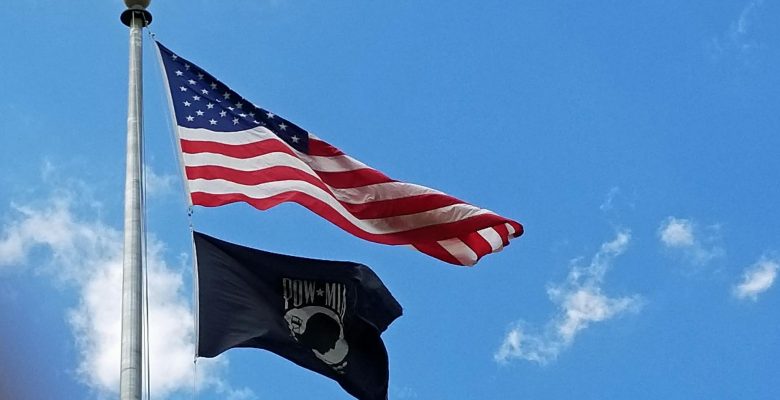Andersonville
In stark contrast to this beautiful spring day, the 26-acre field I meandered through once served as a prison camp where nearly 13,000 Civil War soldiers died, mostly from disease and starvation.
A visit to the Andersonville National Historic Site, in Andersonville, Georgia, starts with a stroll through the National Prisoner of War Museum. Various preconceived images of POW’s obtained from the news or movies are confirmed, while others are dispelled. The reality is difficult to comprehend.

The doors of the National Prisoner of War Museum open to a large grass field accented with a few white puffy clouds gradually passing the deep blue sky. It is difficult to imagine a fifteen-foot high stockade carefully monitored by over 50 guards.
National Prisoner of War Museum
The location of the original stockade is outlined on the field. It seems impossible to place over 32,000 prisoners in merely 26 acres. The only shelter from the summer Georgia sun and winter rains was the occasional blanket strung between two twigs, The one creek running through the center of the camp served as drinking water, bathing water and latrine. The conditions were obviously stifling.
We here highly resolve that these dead shall not have died in vain – that this nation, under God, shall have a new birth of freedom – and that government of the people, by the people, for the people, shall not perish from the earth.
Abraham Lincoln, Gettysburg Address
This was just one of more than 150 Civil War prison camps established by both the Union and Confederacy. An estimated 56,000 men died while in these prison camps.
The dead at Andersonville were hastily hauled just a quarter-mile away, buried and marked with numbered wood states. One prisoner, Dorance Atwater, who was enlisted to work in the hospital kept meticulous records of those who died and the number on the stake when they were buried.

When the war ended and Dorance Atwater was released, he carefully smuggled a complete copy of the records out in the lining of his coat. Based on this information, only 460 of the 12,920 prisoners buried at Andersonville remain unknown.
He later returned to the area with nurse Miss Clara Barton – later known for founding the American Red Cross. A proper cemetery with accurate records was established and Clara Barton ceremoniously raised a flag in the center of cemetery. The Andersonville National Cemetery was forever established.

Andersonville National Cemetery
The prison camp and national cemetery became the Andersonville National Historic Site in 1971 and the National Prisoner of War Museum opened in 1998 to honor POWs from all wars.
It is the individual stories that fascinate me – that one soldier, Dorance Atwater secretly copying the names of the dead, smuggling the list out when the war ended, and providing it to the War Department so the soldiers could be properly honored. Every one of those numbered wood stakes was replaced with a proper stone marker with both the number, name and hometown of the soldier.

Walking the fields where the prison camp was located, strolling the walkways in the cemetery and absorbing the displays in the museum provide me with a new perspective on history.
RVing Revealed
Please feel free to follow/connect with Brad Saum:
Interested in Work Camping – volunteering with a purpose? Check out the resources I use to find new opportunities: Work Camping
Click here to see: Free RV and Camping Apps
